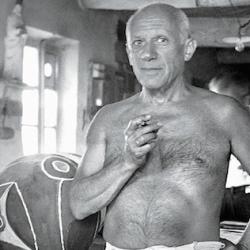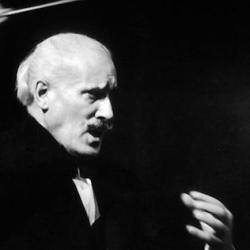Seerveld argues that “Christians in the twentieth century who adopt Beauty in some transcendental way as the key to understand art and human aesthetic activity are easily misled into also adopting the apologetic attitude toward art and the ontological framework in which Beauty was born.” He thinks that Kuyper and Maritain among others fall into this trap: They each “seek divine sanction for earthly art by giving it a heavenly meaning . . . working with an analogical metaphysics partial to an erotic ladder of Being, amid shadows of natural theology tinctured with mysticism.”
For Seerveld, “no amount of Bible quotes can rescue any similar aesthetics of Beauty with such apokatastatic paraphernalia, and make it a ‘Christian’ aesthetics.” Beauty cannot help with discovering an aesthetics for creatures if all it does is “draw you into speculating about the nature of God” and trying to answer questions about creaturely beauty “per obscurius.” An aesthetics based on a metaphysics of Beauty, he points out, doesn’t really have to pay much attention to art itself. Seerveld affirms “beautiful” as a description of “the sacramental object-functioning of things” and of the way that created things “mutely testify of God’s glory.” But this is not, he says, an “aesthetic affair,” and he denies that “beautiful” and “harmonious” constitute “defining mark[s] of art.”
Seerveld is heading in the right direction, I think, but I cannot help but feel that his argument is spurred on by his sense that “secular aesthetic theorists by and large have won the war against ‘beauty.’” That may have been true when Seerveld wrote, but beauty is making a comeback, albeit a chastened beauty. What would Seerveld make of that?











